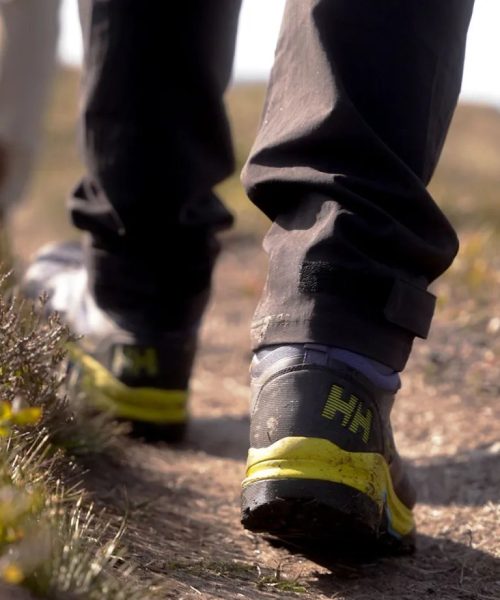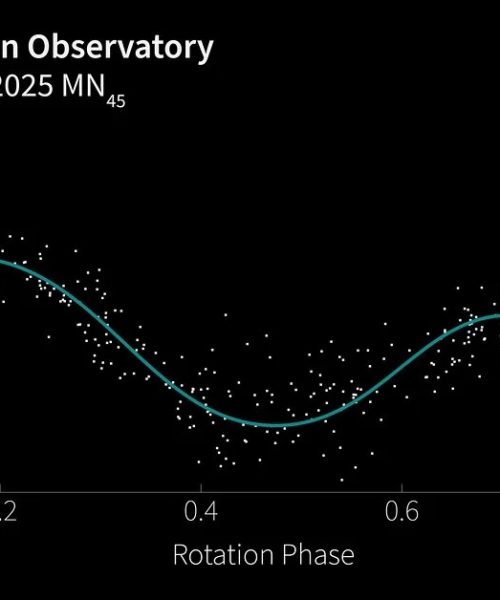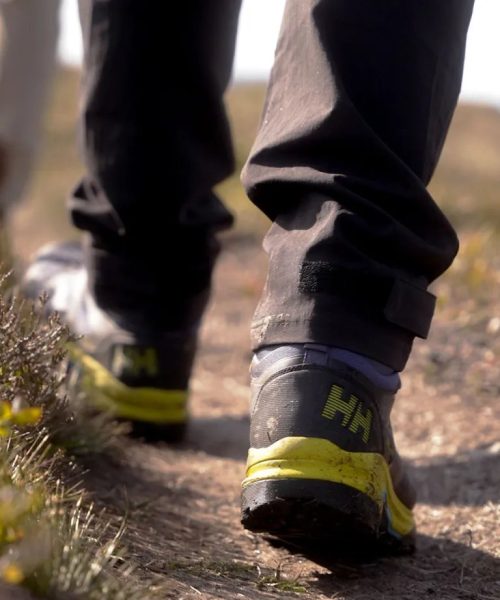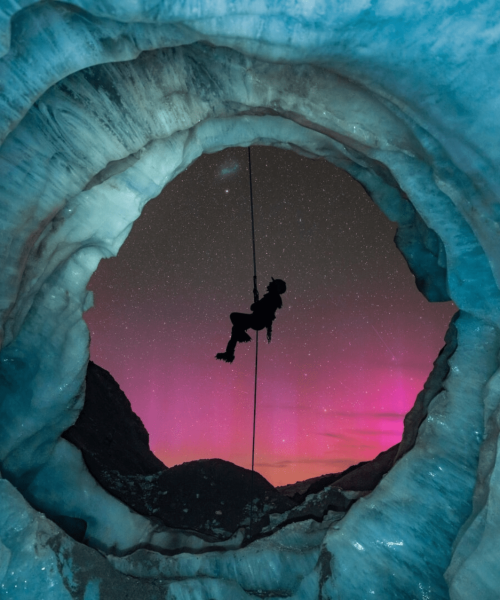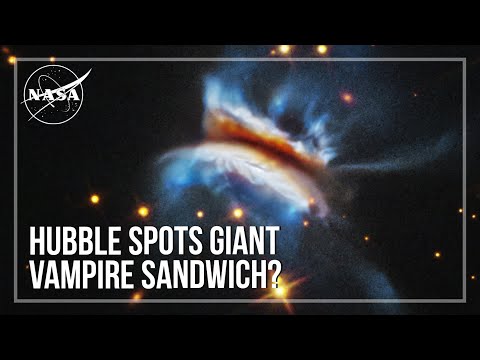A US astronaut aboard the International Space Station (ISS) recently caught a glimpse of one of Earth’s least understood atmospheric phenomena. While orbiting in the early hours of July 3, Nichole “Vapor” Ayers snapped a photo of a transient luminous event, as she passed over North America. Better known as a sprite, these atmospheric events are common after a lightning strike.
“Just. Wow,” Ayers posted to social media later that day along with the stunning picture.
Just. Wow. As we went over Mexico and the U.S. this morning, I caught this sprite.
Sprites are TLEs or Transient Luminous Events, that happen above the clouds and are triggered by intense electrical activity in the thunderstorms below. We have a great view above the clouds, so… pic.twitter.com/dCqIrn3vrA
— Nichole “Vapor” Ayers (@Astro_Ayers) July 3, 2025
Thunderstorms are capable of generating far more electrical activity than lightning alone. If a storm cell is particularly powerful, it can also create the perfect conditions for transient luminous events, more commonly known as sprites. Observers have described the shortlived, tendril-like formations for decades, but it wasn’t until 1989 that the first sprite was finally captured on camera. Atmospheric researchers have since worked to better understand the events, and know at least a bit more about them.
“They appear moments after a lightning strike—a sudden reddish flash that can take a range of shapes, often combining diffuse plumes and bright, spiny tendrils,” NASA explains in a TLE rundown. “Some sprites tend to dance over the storms, turning on and off one after another.”
Although experts believe sprites to be displays of electrically induced plasmas, the discharges remain some of Earth’s most mysterious weather occurrences. Part of that is due to their brevity—a sprite typically only lasts a few milliseconds. Another impediment is their extremely high altitude. However, the latter issue isn’t as much of a problem if your vantage point is even higher than a sprite’s domain. And at 250 miles above Earth, the ISS is undoubtedly the best sprite vantage point currently available to human eyes.
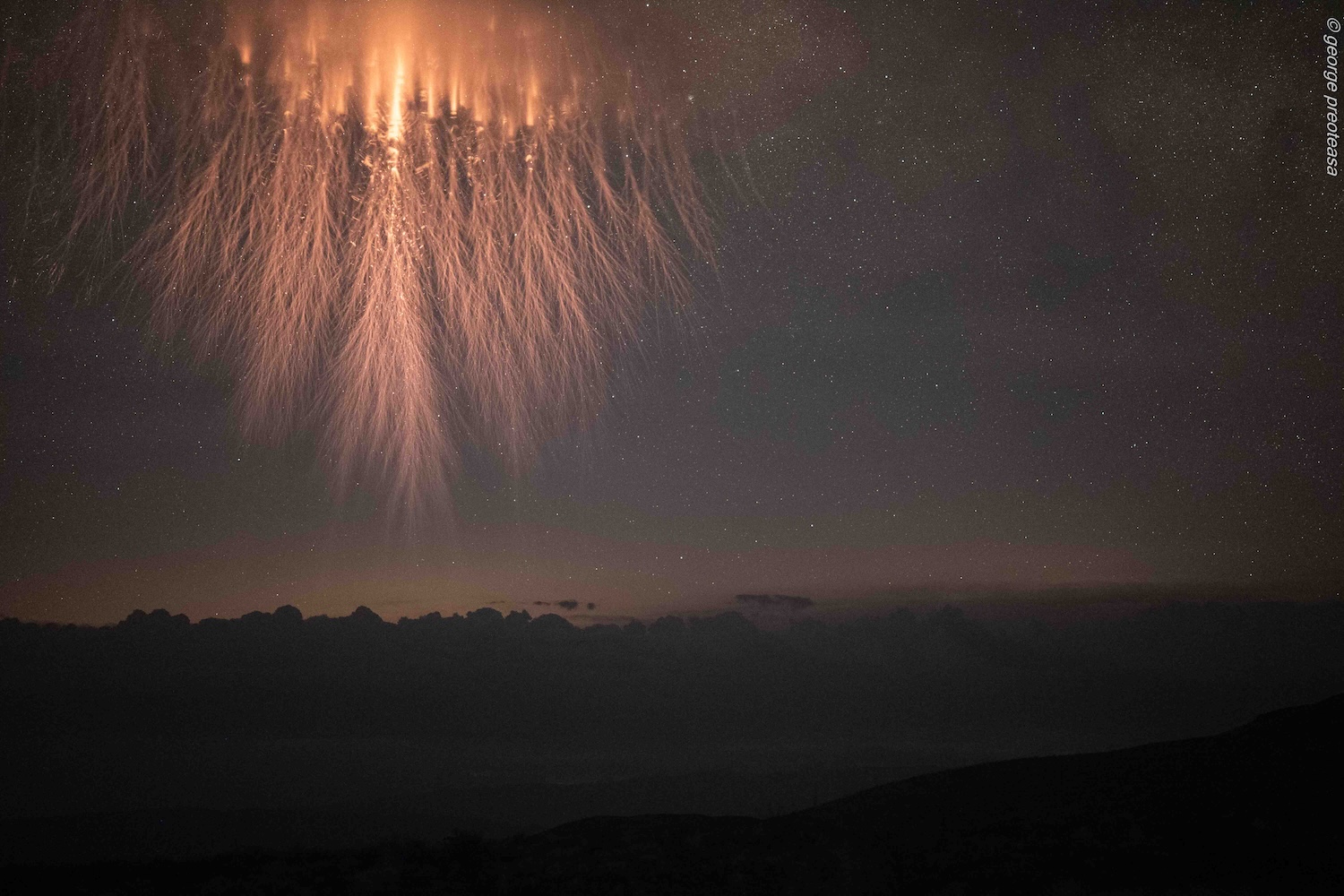
“We have a great view above the clouds, so scientists can use these types of pictures to better understand the formation, characteristics, and relationship of TLEs to thunderstorms,” Ayers added in her post.
Astronauts may be the only people currently granted access to the prime location for sprite hunting, but it’s still possible to record your own encounters at ground level. Since 2022, NASA has encouraged citizen scientists to look to the skies for sprites as part of its ongoing “Spritacular” project. These findings provide experts with far more data to analyze as they work to figure out how sprites work.
With 360 confirmed observations across 21 countries from 871 volunteers, the Spritacluar project has a statistically better track record than astronauts. No offense to Ayers, but ISS residents will need to step up their snipe sleuthing if they ever hope to catch up with everyone else.
